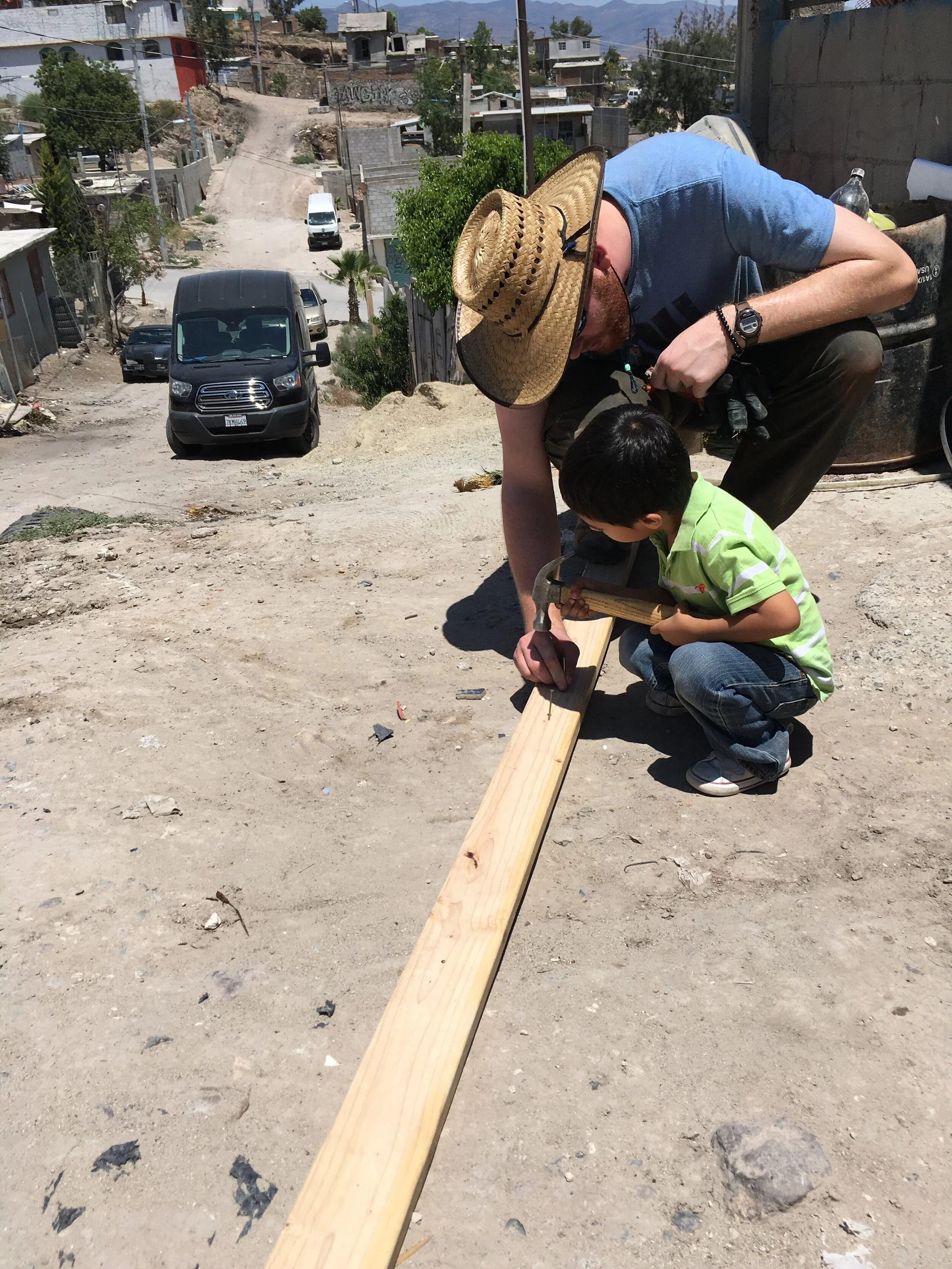Good Done Better
Humanitarianism is good. But it is not always done well. Here are three principles to help you do good better!
During a 4-week trip to Honduras, I saw two things that made me go, “Hmm…How could it have been done better?”
I rode past a park several times a week. This park was partitioned into 3 or 4 lots. Each lot was a basketball court. The thing that struck me about these basketball courts was that they run down and empty. No body was playing and it was apparent that no-one had played there in quite some time.
I can’t be certain but knowing the culture of the locals I deducted that this probably had been sponsored by a well-intentioned group that didn’t live there. My guess is that it was funded by some sort of non-profit with the ideals to make the community a better and safer place.
The second observation was an abandoned schoolhouse in a colony in the hills surrounding the capital of Tegucigalpa. It was more than abandoned. The building’s materials had been “upcycled” into the surrounding community providing shelter and supplies for the daily use of the people.
When I inquired, they informed me that the local government has installed the school for the development of the community. Everything started well, but then the teachers weren’t paid by the government and left, and the abandoned building was utilized as raw material.
I was curious as to why nobody lived in the already constructed building. They could have used the solid walls and foundation for a better home. Many of the homes in the hillside community are constructed with mud which dissolve during the frequent rains. This is a hazard and is easily fixable, only if you have the resources to put in a solid brick wall, something many can’t afford. (Humanitarian construction techniques will be address another time and I’ll update this with the link.)
In both of these instances, the intention of doing good was not done well and this is evident by the lack of use (a defining factor of success includes the regular usage of a new resource). I am grateful that for my intents and purposes, one resource was (presumably) from an outsider and the other from an insider.
What then should have been done?
I am dedicated to finding the answers to these questions and other questions that relate to doing good for humanity.
RELEVANCY - CAPACITY - SUSTAINABILITY
Here are three starting questions to ask when trying to do good better with a long term impact intention (relief aid is short term and demands an adjusted set of questions):
RELEVANCY - Have the locals been asked what they need?
Presuming you know what they need can lead to an expensive project that never gets used.
CAPACITY - What have the locals already tried, or what do they want to try?
Most of the time the people have the skills and motivation to design solutions. They just need support.
Sometime’s it takes an outside look to bring fresh ideas
SUSTAINABILITY - When I am gone, how will the project be sustained?
The locals have to take ownerships of the project. If the project belongs to an outside, then it will be the outsider’s responsibility to upkeep and support the project.
